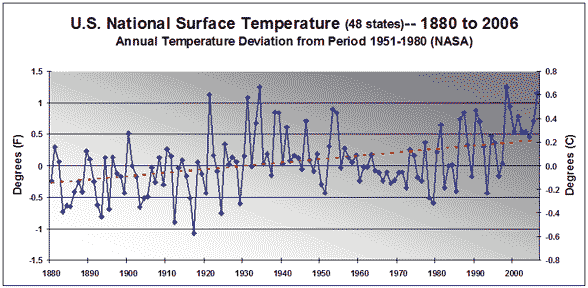Blastocystis hominis
Endolimax nana
Cryptosporidiuin parvum
Entamoeba histolytica
Entamoeba coli
Entamoeba hartmanni
Giardia lamblia
Chilomastix mesnili
Cyclospora cayetanensis
Helminths (macroscopic multicellular worms)
Ascaris lumbricoides (human roundworm)
Strongyloides stercoralis (threadworm)
Ancylostoma duodenale/Necator americanus (hookworms)
Enterobius vermicularis (pinworm)
Trichuris trichiura (whipworm)
Asia Parasites
Pin Worm
Whipworm
Roundworms
Tapeworm
What are common infectious Diseases Worldwide?
African Trypanosomiasis
Cholera
Dengue
HIV/AIDS
Hepatitis C
Malaria
My infectious disease interst : Influenza

Influenza commonly known as the flu. The flu is a highly contagious viral infection affects the nose, throat and lungs. Influenza is a serious infection afflicts 60 million people a year. The flu impacts people at every age.
The best way to protect from Influenza? The best way to protect against influenza is vaccination.
It is better to get vaccinated during October and November. However, vaccination is still beneficial after December or even later. http://www.nfid.org/influenza

 Dwarf Tape Worm
Dwarf Tape Worm 





